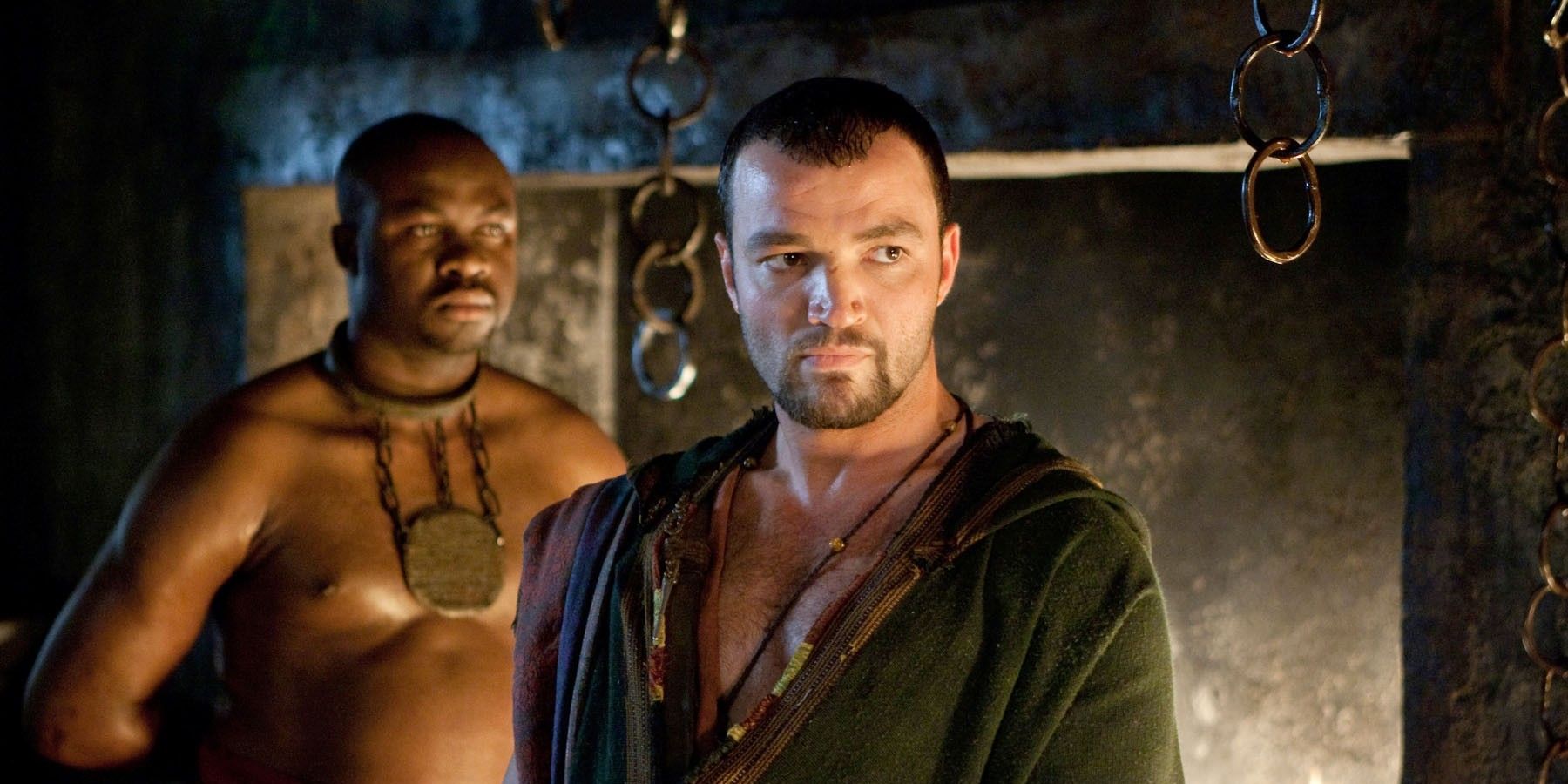One of the preeminent authors of English fiction, Jane Austen books are some of the most important and prevailing stories in the history of literature. Born in Hampshire, England in 1775, Austen began writing at a young age, producing a collection of essays and half-finished stories that came to be known as her Juvenilia. From these early writings, it was already clear that Austen had a critical eye set upon the late 18th and early 19th-century values she saw every day and read about in popular books. So began her career as a professional writer and over the course of her life, she published a number of celebrated works.
Even casual readers will have heard of Jane Austen’s most acclaimed books, Sense and Sensibility, Pride and Prejudice, and Emma, but her bibliography contains four more novels, some published posthumously, two shorter works, two unfinished stories, and of course, Juvenilia. Austen’s stories are virtually all critiques of the sentimental style of writing favored at the time. Her handle on dialogue was almost revolutionary in its realism and uncommon for the era. This ability to mix heavy themes of feminism, class, and morality with humor and authenticity has kept her works popular for centuries and resulted in many Jane Austen adaptations. There is something to appreciate and learn in each of Austen’s book.
Juvenilia (1787-1793)
Jane Austen’s earliest works

Juvenilia is the name later subscribed to Austen’s works between 1787 and 1793. Austen began writing poems and stories that she divided into three bound notebooks. They encompass nearly 90,000 words ranging from parodies of romantic novels like the short story Love and Freindship [sic] to The History of England, a parody of historical fiction, to pieces like Catharine, or the Bower that more closely resembled the works that would make her famous. There are bits of characters and stories in Juvenilia that are explored in Austen’s later novel and the tome is a fascinating insight into Austen’s natural talent, even at a young age.
Sir Charles Grandison (1793, 1800)
Jane Austen’s take on a popular novel
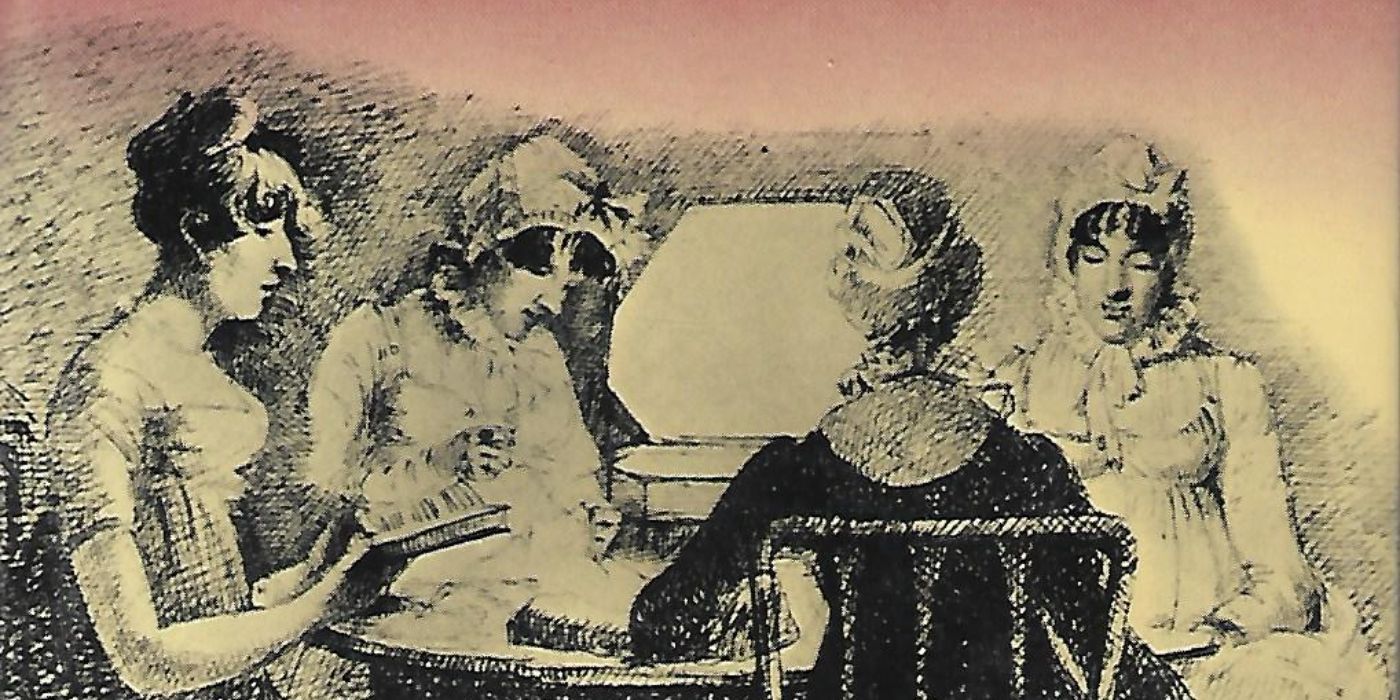
In 1793, at the tail-end of Juvenilia, Austen began working on a short play that she quickly abandoned only to finish in 1800. This play, Sir Charles Grandison, is another of Austen’s parodies, though this time it is of a beloved epistolary novel of hers, The History of Sir Charles Grandison, by Samuel Richardson. The play serves to dramatize scenes of the novel which is about the eponymous man who rescues a young woman from a kidnapping and has many more adventures after.
This is Austen’s only attempt at a play and her strength with dialogue is apparent. Since it’s based on someone else’s story, Sir Charles Grandison loses some of the thematic elements that make Austen’s works so personal, but it’s still another sign that her talent and confidence were only trending upwards after 1787.
The Watsons (1804)
Jane Austen’s first foray into novels
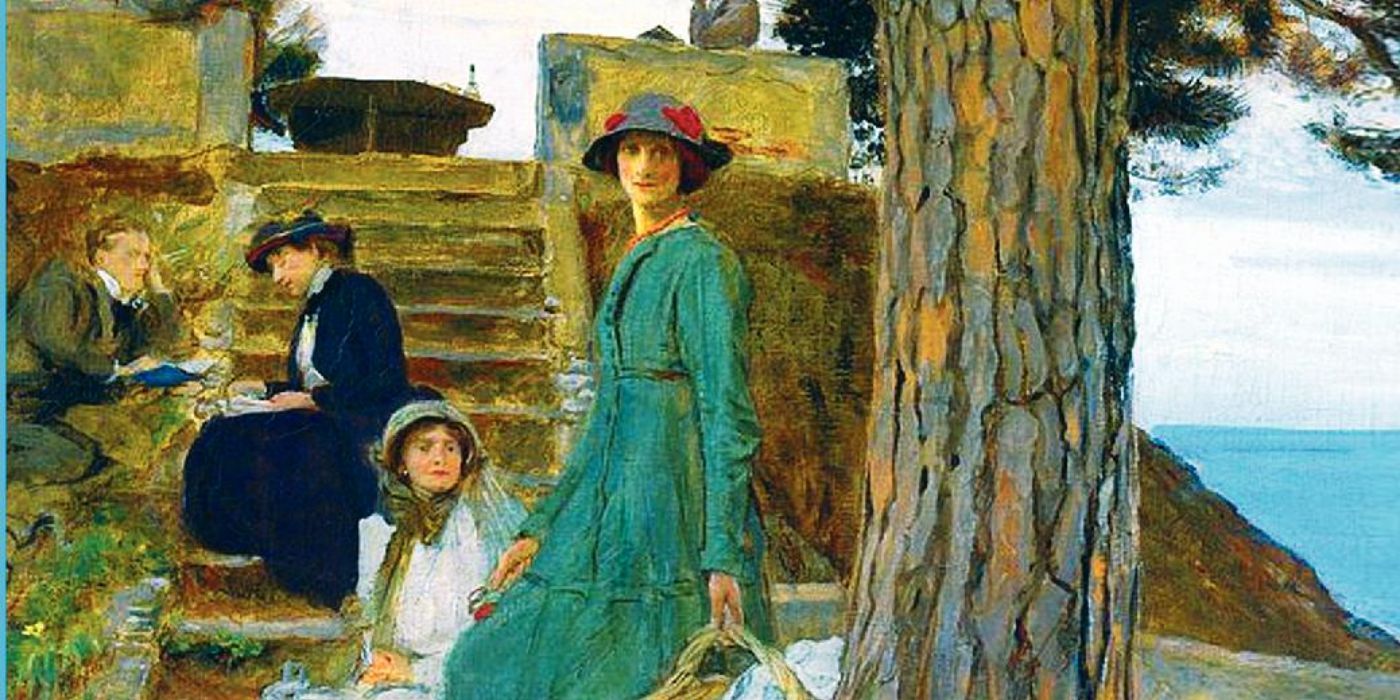
One of Austen’s abandoned projects, The Watsons is a 7500-word fragmented novel that begins the story of Mr. Watson, an ailing clergyman, and his two sons and four daughters, the youngest of whom is named Emma. Emma has been raised by her aunt in a more sophisticated household and returns home to find herself better educated and mannered than her family. The story only gets as far as introducing the main characters and setting the scene. It’s not clear why exactly Austen stopped writing. In A Memoir of Jane Austen, her nephew James Edward Austen-Leigh explains how the story was supposed to continue.
Mr. Watson was supposed to die and Emma would then become dependent on her elder, but less-refined siblings. This may offer an insight into why Austen stopped writing. In 1805, her own father, also a clergyman, passed away. The parallels between her life and The Watsons may have become too much to bear, causing her to move on to other projects. This is Austen’s first major work that does away with parody, instead focusing on a grounded story with realistic characters, a herald of what would come.
Sense And Sensibility (1811)
The first novel Jane Austen published
Sense and Sensibility is Austen’s first published novel and one of her most enduring. The book sets the tone for the rest of her vaunted bibliography. In the novel, the Dashwood sisters and their widowed mother are forced to leave their family estate for the more modest home of their relative Sir John Middleton. Once there, romance, heartbreak, and questions of purpose come to the fore. Of Austen’s “big three” works, Sense and Sensibility may be the least adapted, though the 2008 BBC series does include some of the finest costuming of any Jane Austen adaptation. Ang Lee’s 1995 version was also critically acclaimed, earning seven Academy Award nominations.
The novel was an instant hit and remains a popular work of fiction. Its themes of patriarchy, inheritance, and common sense are cleanly developed even if Austen does not balance each of her characters as deftly as she does in later novels. Epistolary novels, where characters communicate via letters, were a common way for writers to express their characters’ thoughts and feelings in the era. Austen avoids this by having her characters think their feelings on something right there on the page, rather than through a conceit like a letter.
Where To Watch Sense And Sensibility (1995)
Pride And Prejudice (1813)
Jane Austen’s second-published novel
A novel of manners, Pride and Prejudice centers on Elizabeth Bennet, the second-oldest Bennet sister, a witty and tenacious woman who treats her first impressions as law. The book follows the rest of the Bennet clan consisting of four other sisters, all looking for love in early 19th century England. The iconic Pride and Prejudice has been adapted numerous times and remains incredibly popular for its characterizations and charming romance between Elizabeth and Mr. Darcy. Despite taking place over two centuries ago, Austen’s musings on love, wealth, and class remain incredibly pertinent.
Where to Watch Pride and Prejudice (2005)
Mansfield Park (1814)
Jane Austen’s third-published novel

Mansfield Park is Austen’s third novel and perhaps the least known of the four published in her life. This novel follows Fanny Price and traces her growth from a young woman sent to live with her wealthy aunt and uncle to her early adulthood. It’s Austen’s most challenging novel. Many of the characters are unpleasant and uptight and the story is grimier than others, exploring the darker aspects of England. Fanny Price is a particularly difficult character to understand. She sometimes appears conservative to the point of timidity but her growth over the course of the novel and quiet strength makes her one of Jane Austen’s best heroines.
Where To Watch Mansfield Park (1999)
Plan Of A Novel (1815)
A short private work of satire by Jane Austen
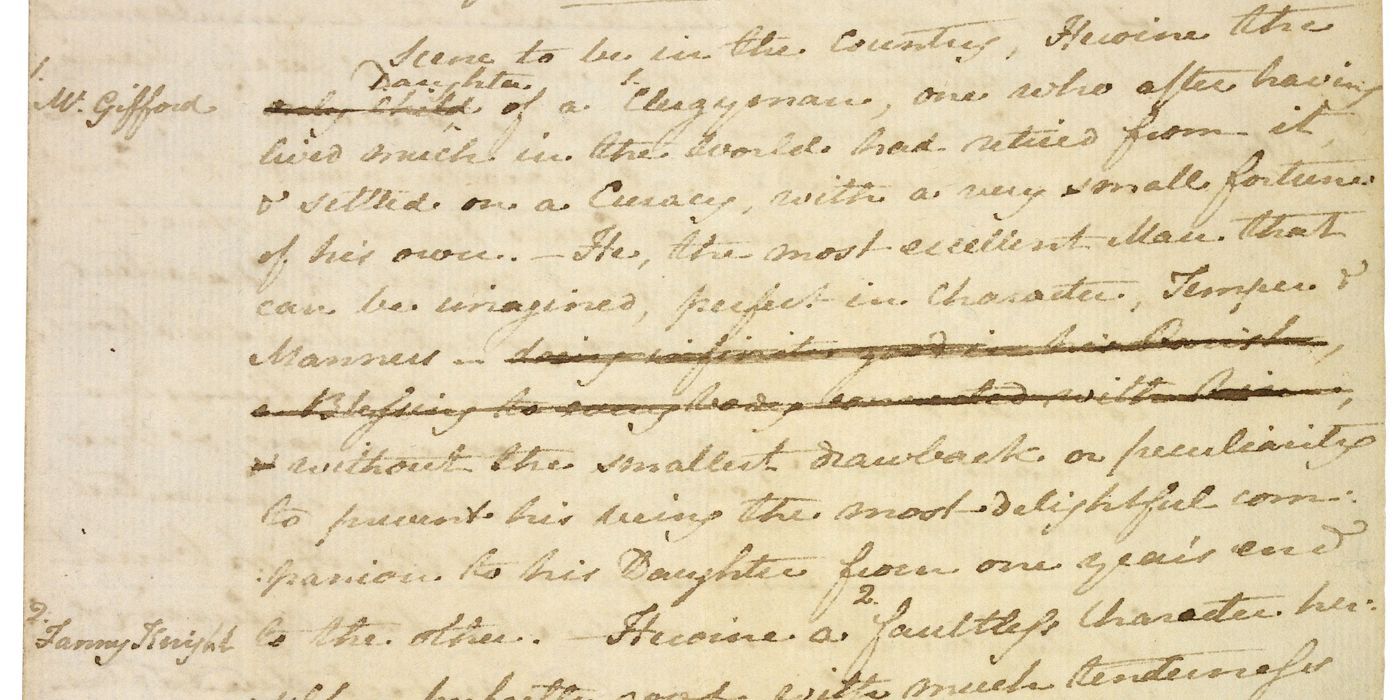
Austen’s Plan of a Novel is a short satirical piece written in 1815. The short project was something of a non-fiction, but intentionally mocking, account of different ideas that would make for a good novel. Reverend James Stanier Clarke, librarian for Prince George IV, wrote to Austen expressing how much the Prince Regent enjoyed her works. Austen was awkwardly compelled to dedicate her novel Emma to the Prince, but the oddities didn’t stop there (via Jane Austen’s House). Clarke continued communicating with Austen, suggesting story ideas, characters, and plot points.
Austen diplomatically sidestepped these suggestions but clearly found them amusing, considering how many are found within Plan of a Novel. The short work of satire eventually became an inside joke for her family. In her younger years, Austen wrote many of the stories in Juvenilia specifically for her family, so it’s comforting to know that even after her success, the writer still enjoyed privately entertaining her loved ones.
Emma (1816)
The final Jane Austen novel published in her lifetime
The last of her novels published within her lifetime, Emma is a comedy of errors that cemented Austen as a brilliant novelist if her previous books had not already. Featuring a protagonist whom Austen hoped would be an insufferable character at the start, Emma follows the wealthy, happy-go-lucky titular heroine who considers herself the consummate matchmaker but is naive to the trouble she causes in others’ lives. Emma has very little in the way of actual plot but her characters are so colorfully realized and Austen’s sense of dialogue and place are so precise, that the lack of story barely matters.
There have been a number of Emma adaptations for both television and movies including the iconic Clueless and the more literal adaptation Emma starring Anya Taylor-Joy which earned her a Golden Globe Award nomination for Best Actress – Motion Picture Comedy or Musical. Funny, witty, and modern, there is something in Emma for every reader.
Where To Watch Emma. (2020)
Sanditon (1817)
The final book Jane Austen was working on before she died

Sanditon is Austen’s second unfinished novel, first called The Brothers before she changed the title. Only 11 chapters of the story were written, and they follow the point-of-view of Charlotte Heywood, the eldest daughter of the large Heywood family. Charlotte travels to the town of Sanditon with the wealthy and ambitious Mr. and Mrs. Parker as they try to turn the quiet seaside village into a prosperous resort. It was in 1817, when she was 41 years old, that Austen finally succumbed to the illness that had been ravaging her for the past year, and the increasing pain of her ailment most likely forced her to stop writing.
Though the story was never finished, there have been a handful of adaptations that continue the plot. The ITV series Sanditon used the existing text to finish the story. Thanks to the characterizations developed by Austen in only a few chapters, adaptations of the novel are often able to tell a competent and satisfying story.
Where To Watch Sandition (2019)
Northanger Abbey (1818)
The first novel completed by Jane Austen
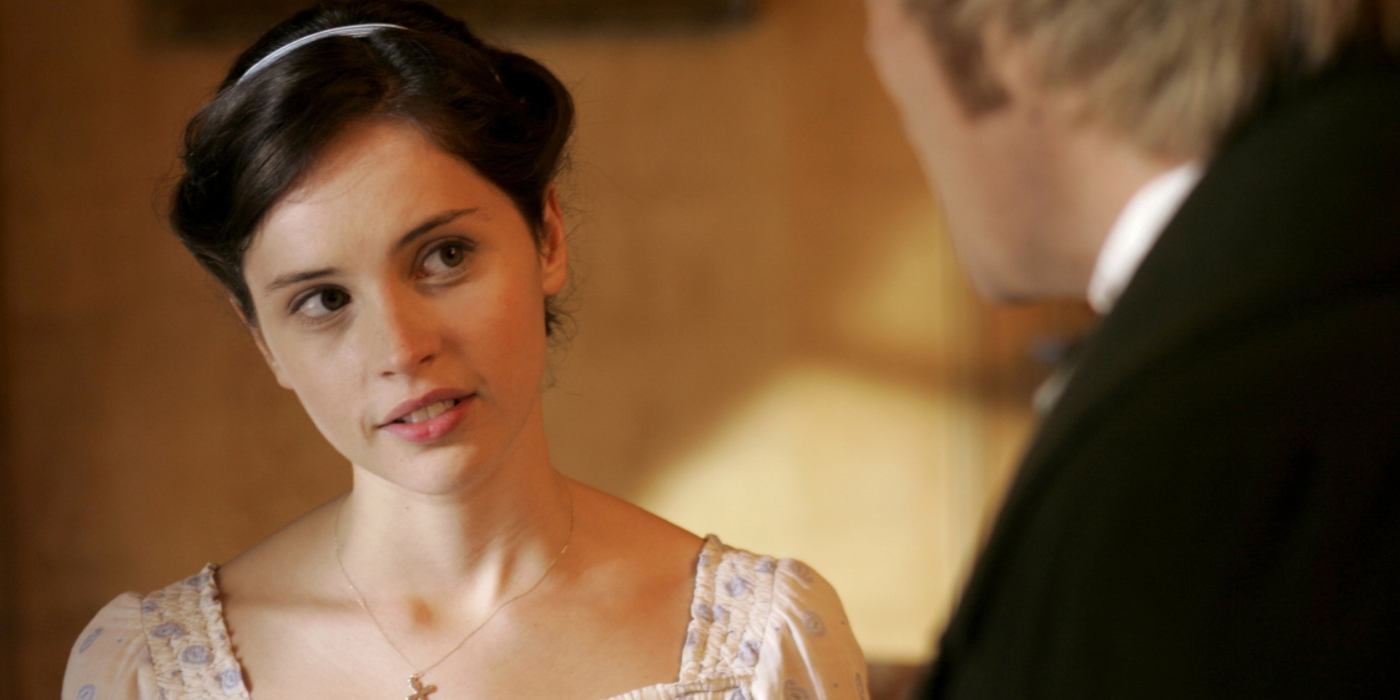
Though it was the first novel finished by Austen in 1803 it was only published in 1818, after she passed. The story follows Catherine Morland, a voracious reader and one of Jane Austen’s most inspiring heroines. Catherine is prone to flights of imagination, but she goes on a journey of self-fulfillment to better understand herself and the world. The novel is a satire of the gothic novels popular at the time and continues the legacy of Austen commenting on the state of fiction in her era. There have been a handful of Northanger Abbey adaptations including a 2007 ITV TV movie starring Felicity Jones.
Where To Watch Northanger Abbey (2007)
Persuasion (1818)
The final book ever completed by Jane Austen
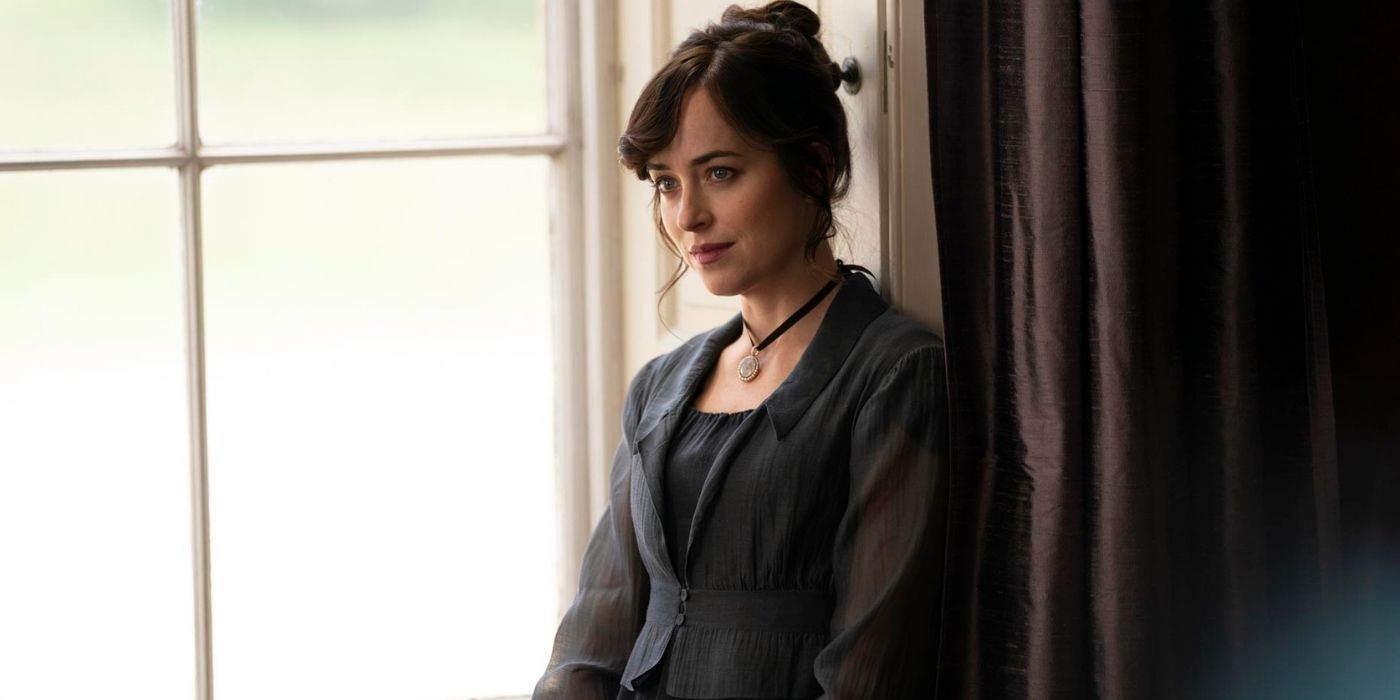
Persuasion was released posthumously the same year as Northanger Abbey. The novel follows Anne Elliot, a 27-year-old Englishwoman whose family moves in order to reduce their debts. In their new home, Anne encounters Captain Frederick Wentworth, whom she was engaged to eight years ago before she ended the relationship. Reunited once more, Anne and Frederick find themselves again falling in love. Persuasion is Austen’s most mature novel as it was the final one she ever completed. It’s the author at her most confident in characters, story, and themes about anxiety and honor. Persuasion was adapted into a Netflix film in 2022 starring Dakota Johnson as Anne.
Where To Watch Persuasion (2022)
Lady Susan (1871)
The final work by Jane Austen that was published
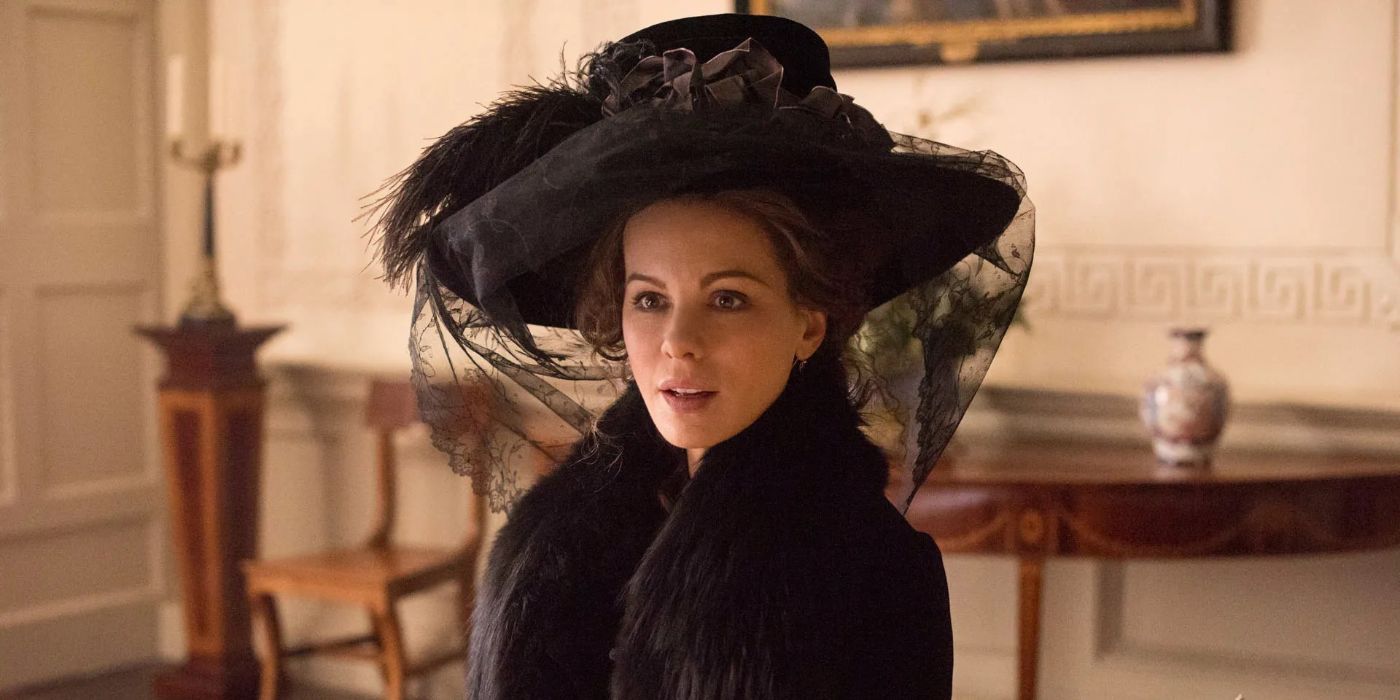
Despite Austen’s complicated feelings on epistolary novels, her last published work, Lady Susan, is an epistolary novel following the escapades of the titular character. The story was first written around 1794 but wasn’t published until much later. Lady Susan comes from Austen’s very early writing career and has all the rawness of a young author, but her talent is still clearly apparent. A film adaptation was released in 2016 titled Love & Friendship starring Kate Beckinsale and Chloë Sevigny. While it may not be the best Jane Austen novel, Lady Susan is a delightful cap-off to her career that probably surprised readers when it was released years after her death.
Where To Watch Love & Friendship (2016)





